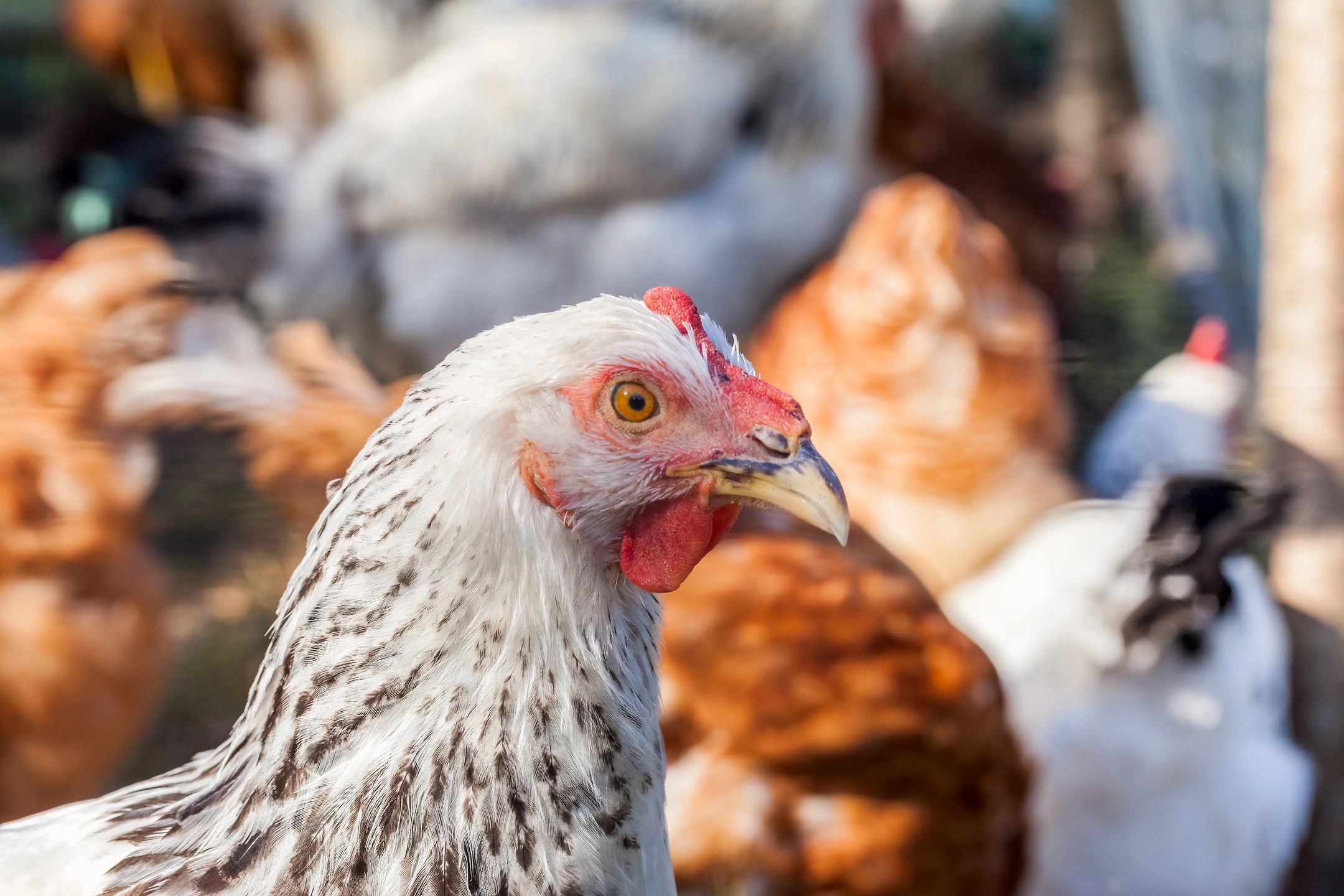Influenza is a sneaky virus. Perhaps the biggest wildcard with the virus is its ability to mutate. Flu viruses undergo two main kinds of change: routine antigenic drift (small, gradual tweaks) and antigenic shift (big, dramatic changes).
Big (and potentially dangerous) antigenic shifts happen mainly in birds, where different flu strains can swap genetic material, creating entirely new versions of the virus.
Ducks, chickens, and other fowl are the mixing bowl for flu strains, creating combinations that are sometimes capable of infecting mammals. Pigs are usually the next link in the antigenic shift chain because they share respiratory receptors similar to humans.
If a bird flu virus infects a pig, it can further adapt to replicate efficiently in mammals (called ‘reassortment’). When this happens, the virus has the potential to jump to humans, raising concerns about severe illness and even pandemics.
So, where does H5N1 fit into all this? H5N1 is a type of avian flu that has been circulating among birds for decades, occasionally infecting humans. In recent years, its spread has taken a concerning turn, showing up not just in wild birds but also in poultry and, most recently, mammals—including cattle.
The Current Situation
According to the CDC and USDA, H5N1 infections in birds have increased dramatically in the last year with widespread outbreaks among wild and domestic flocks.
The virus is now present in every state including spillover to mammals like foxes, raccoons, polar bears and cattle. While cattle don’t seem to transmit the virus, infections highlight how H5N1 is adapting to new hosts – potentially leading to a reassortment event where the virus becomes easily transmissible among humans.
Surveillance and Response
To stay ahead of the virus, extensive surveillance efforts are underway. The USDA and wildlife agencies are testing birds, while state and federal animal health officials are closely watching cattle herds. CDC is coordinating with state health departments to track potential cases and support readiness for larger outbreaks.
H5 Bird Flu: Current Situation | Bird Flu | CDC
Meanwhile, public health and animal health experts are collaborating to implement interventions like culling infected bird flocks, restricting animal movements, and implementing stricter biosecurity practices on farms.
For humans, the focus right now is on educating those at risk—like poultry workers—about proper protective gear and vaccination options.
H5N1 hasn’t yet made the leap to efficient human-to-human transmission. But the situation demands vigilance because it could happen.
H5N1 is a reminder that flu viruses are dynamic and unpredictable. Continued surveillance and a coordinated response will be key to keeping this virus in check—for birds, mammals, and humans.
